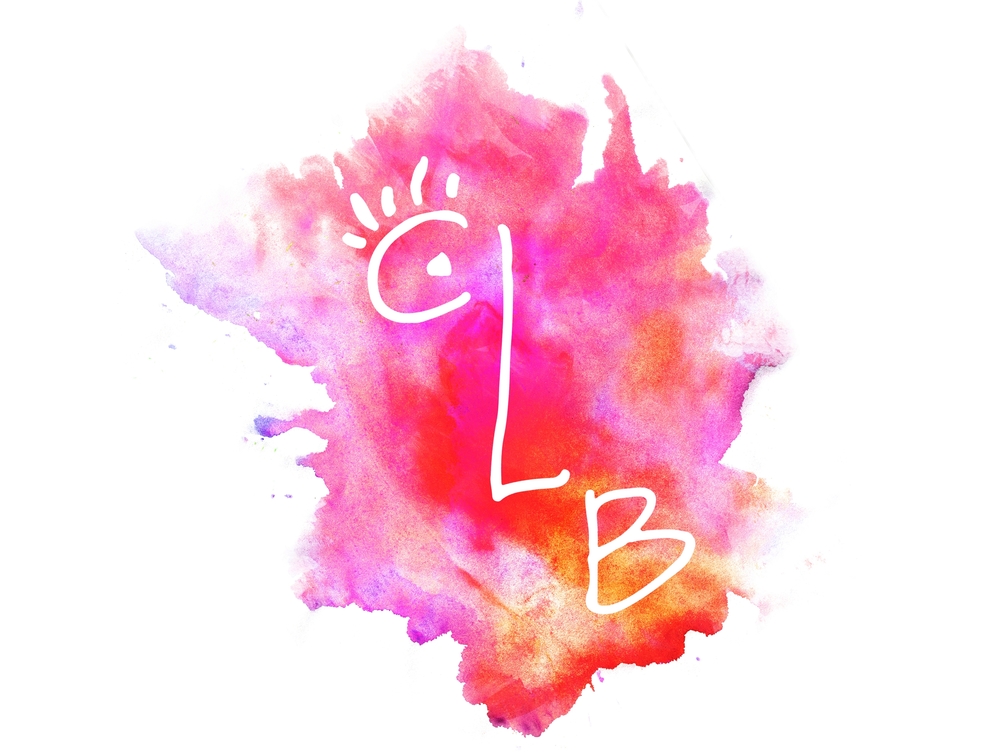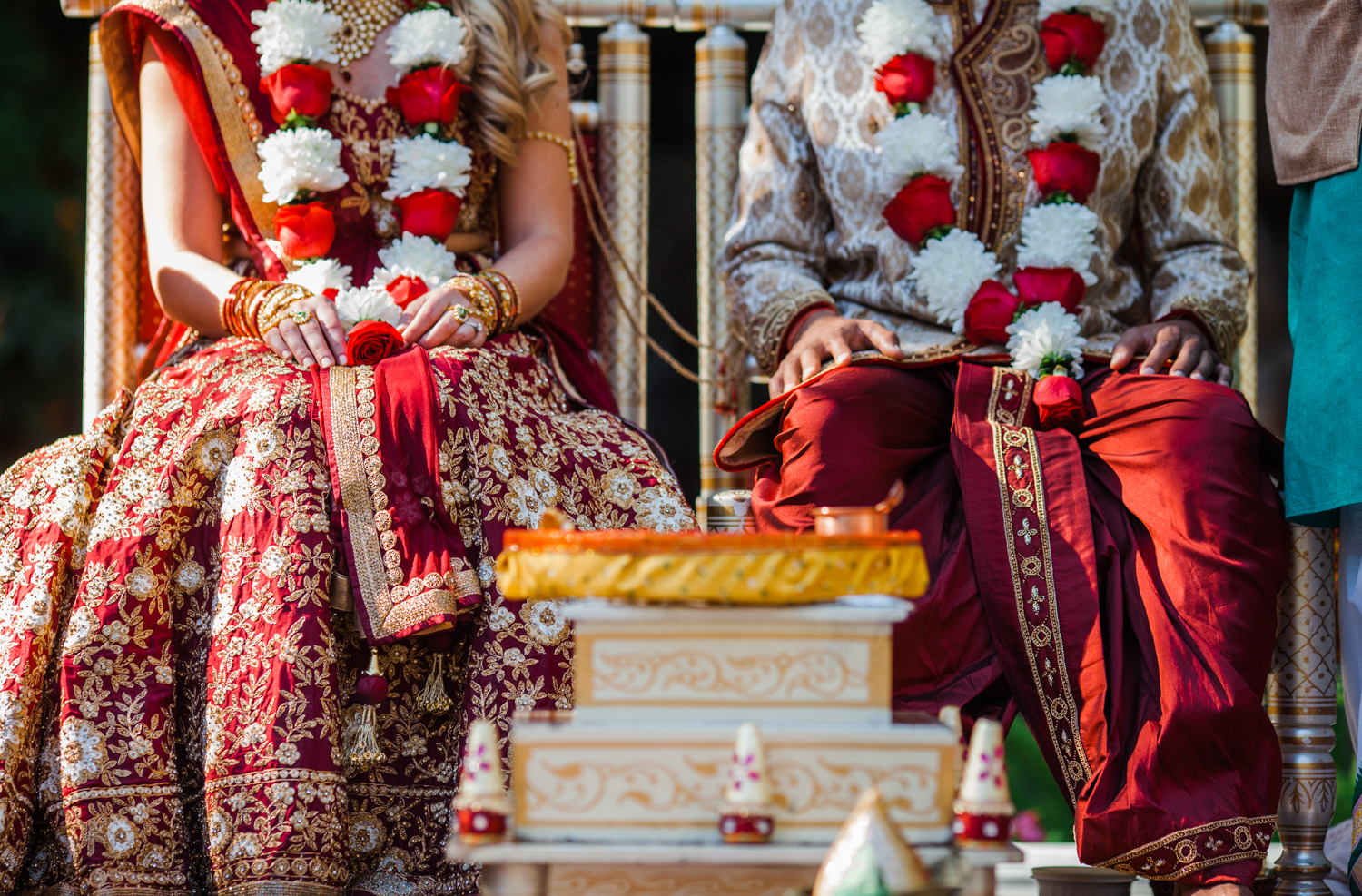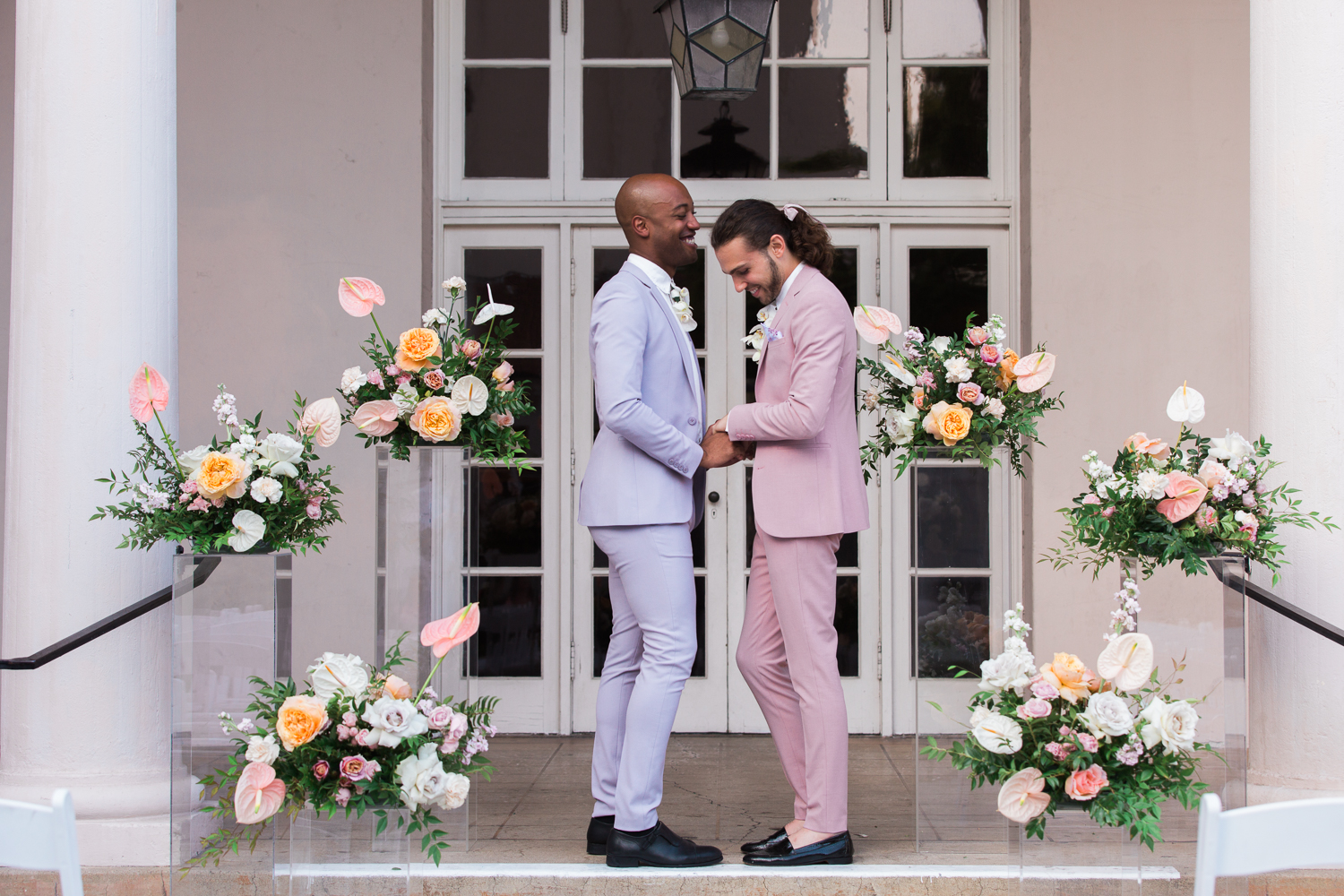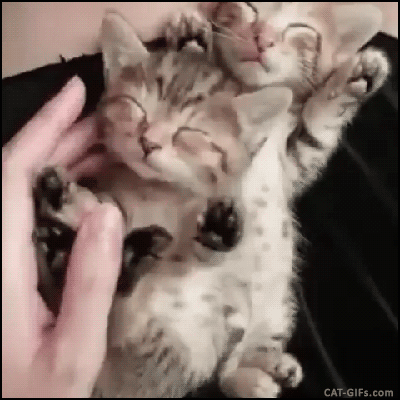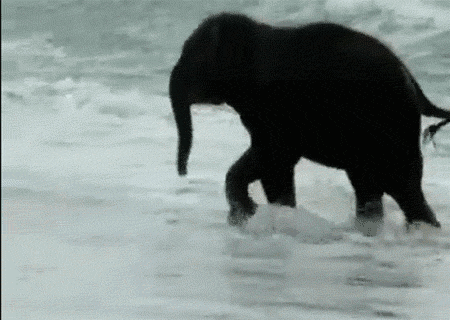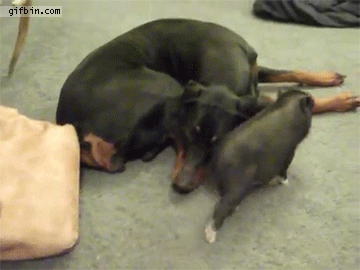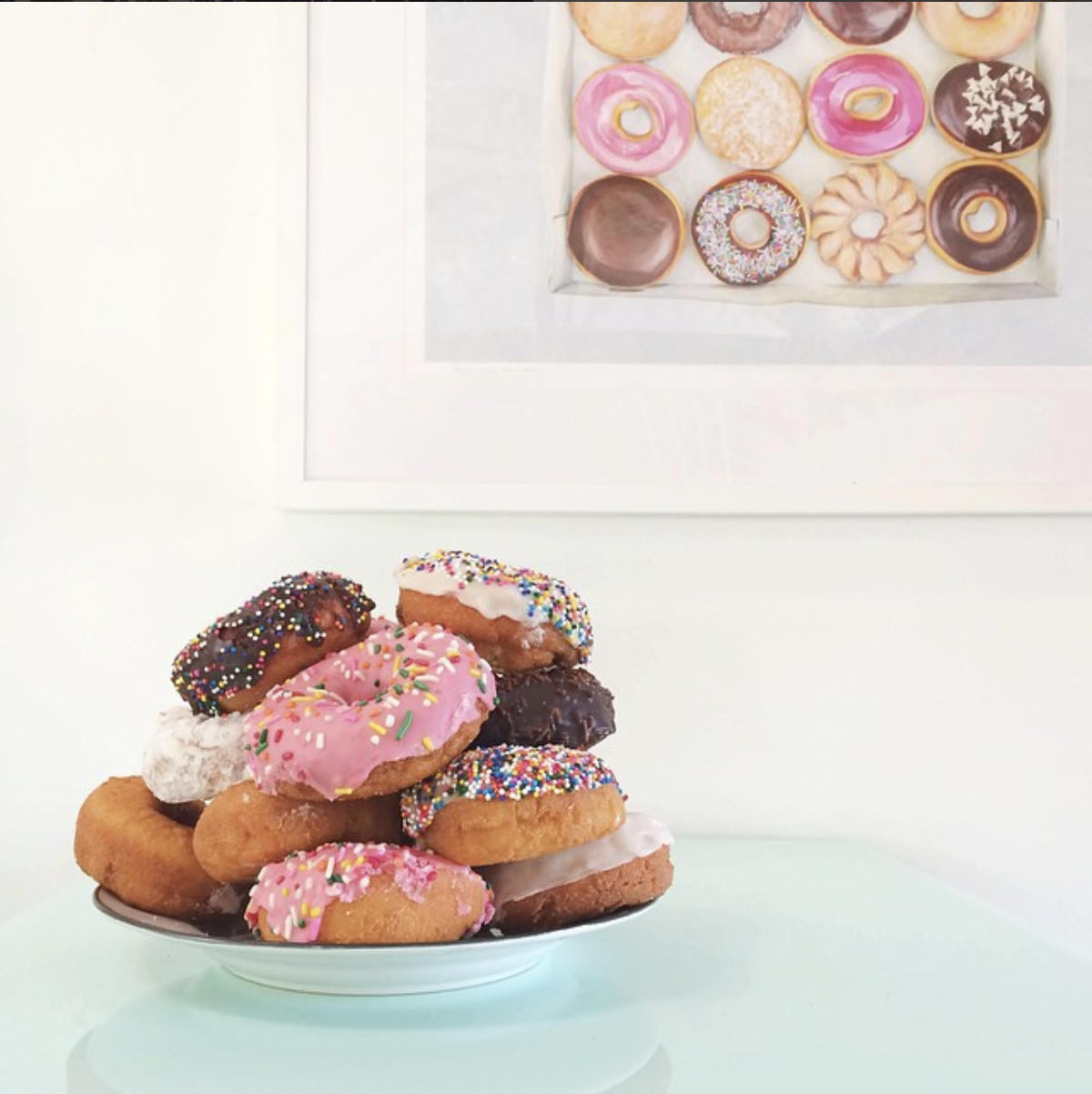I don't usually post recipes here, but I'm asked for this one a lot, so here it is. The formula for the perfect wedding day timeline is as follows:
Ingredients:
One whole date to get married.
A dash of Google (for sunset time).
A full-bodied family shot list.
Your venue's end time.
Optional garnishes (for more flavor):
- A first look
- Old + New traditions during the reception
- A special exit
- 1-3 planning buddies with opinions*
*Suggested serving size for opinions: your fiancé(e), best man/maid of honor/immediate family member, a wedding planner or a photographer. do not exceed three people for timeline input lest you get too salty.
1. Start with your wedding date. What time will the sun set on that day?
Search "Sunset + [Your Wedding Date] + [Event Location]" to find the approximate time the sun will set on the day of your wedding. Ideally you will have this time to do portraits to take advantage of Golden Hour.
2. measure how long you want your ceremony to be.
Some ceremonies are quick and to the point, others are filled with mini ceremonies, readings, traditions, and prayers that lengthen the run time. Ask your officiant how long your ceremony will take (or if you don't have one yet, the average time is 15-30 minutes for less traditional ceremonies, and 45-90 minutes for religious ceremonies). Once you know the approximate length of time, stick the start time before Golden Hour.
3. start the ceremony before Golden hour
Now that you've figured out when the sun sets, count backwards two hours. This is the most ideal time of day for outdoor light, often referred to as "Golden Hour".
You'll want this time for family photos and couple's portraits. So, once you know how long your ceremony will be, place it right before the start of Golden Hour to have ample amount of time for portraits with the most ideal lighting after your ceremony. I like to also add a 15 minute cushion to the start time just in case of delays.
So, for example, a half-hour ceremony should be set to start no later than two hours 45 minutes before sunset (30 minutes for ceremony + 15 minute buffer).
If you're getting married during the months when the sun sets earlier, consider doing a first look and family photos before your ceremony to save time and still grab those naturally lit outdoor photos.
*Your ceremony time is your mother dough for building out the rest of the timeline, so it's important to make sure it's set before continuing onto step 4.
4. Work backwards from your ceremony start time.
Would you rather have family photos taken before or after the ceremony? See step 7 to estimate timing, but usually this takes about 20-30 minutes on average.
Do you plan on having a first look? This usually takes about 10-30 minutes and starts on average 1-2 hours before ceremony. See step 5.
How long will it take you to get ready? Talk to your hair/makeup artist (ideally during your trial run) about how long to expect your hair and makeup to take. Factor in anyone else getting their hair and makeup done with you. No matter what, you should always go last. This assures that your look is the freshest for the day. If you want to do a first look, your makeup should be done and you should be in your dress/suit no later than two hours before the start of your ceremony
5. Add in the time for the first look (optional)
Are you and your partner getting ready in the same spot? Or will you meet at the ceremony site? Make sure you factor in the time it will take to get to each other before your schedule the first look.
First looks don't take too long (about 5-10 minutes of time to see each other and get all the emotions out, then another 15-20 minutes for some portraits together.)
30 minutes should be plenty of time for a first look. If you plan on having one, add it in no less than 45 minutes before your ceremony start time, which ideally is before guests begin to arrive (to assure privacy).
6. Figure out how much of the getting ready process you need captured
If you want every detail from your rings to the ceremony site before guests arrive to you and your bridal party hanging out sipping mimosas, have your photographers start no less than 2 hours before your ceremony start time. If you're doing a first look, add in a half hour. If you are doing family photos beforehand, add in another half hour.
7. Make a Family Grouping List
This is the most varied portion of the day. Some couples have small families and it takes 15 minutes to pose everyone on their list. Others like to include every combination of everyone, and it can take upwards of an hour to capture.
To make a family grouping list:
Start by listing all your immediate family members on each side (anyone you need pictures with).
Add in names of any friends you also need photos with.
Mix and match these names so everyone is covered.
List individual photos as well as photos you want with your spouse in them (example: Bride + Mother of the Bride, Bride + Groom + Mother of the Bride, etc)
Add up the number of shots on your list of groupings. Multiply that number by 2 to have a good, safe estimate for how long that portion of the day will take.
Add this time in either immediately before the ceremony start or immediately following the ceremony.
8. Think about the traditions you want included in your reception
Will you have a first dance? What about family member dances? Bouquet toss? Garter toss? Anniversary dance? Cake cutting? Horah? Or maybe you want to have a surprise performance or unique game to personalize the reception.
Talk to your planner and DJ about the traditions you want to include, and what you want to leave out. Depending on how long you have your venue for, it's best to prioritize the traditional parts of the reception right at the start. Usually there is 2-4 hours of reception time, so try and do all the traditions and put them up front within the hour immediately following dinner and speeches so you can end with the dance party.
To save even more time, do the traditional dances (first dance, father/daughter, and mother/son dance) right when you do your grand entrance (before dinner service).
9. Sprinkle in the speeches
Who do you want to give toasts? An average speech shouldn't last longer than a few minutes, but we all know those friends and family members who can speak for 45 minutes if given the opportunity. I recommend the speeches, blessings, and toasts all to be done once guests are seated for dinner. That will give you at least an hour to cover speeches from everyone, and you don't risk cutting into the time you'd rather spend dancing!
10. Top it all off with a special exit for garnish (optional)
This is a way to say "this is the end." Special exits tend to round out a story of the day, whether that's one dramatic photo with sparklers, or a special delivery of after-party food for your guests (a welcome surprise for anyone hitting that open bar!) This not only gives you something to look forward to at the end of the night, but also rounds out what can only be described as a "perfect day."
Now that you have the secret recipe, you are on your way to cooking up the perfect timeline! Just add in some personal touches, remove/add in what you need and don't need.
Run your timeline by both your photographer and coordinator to confirm you have ample time for everything.
